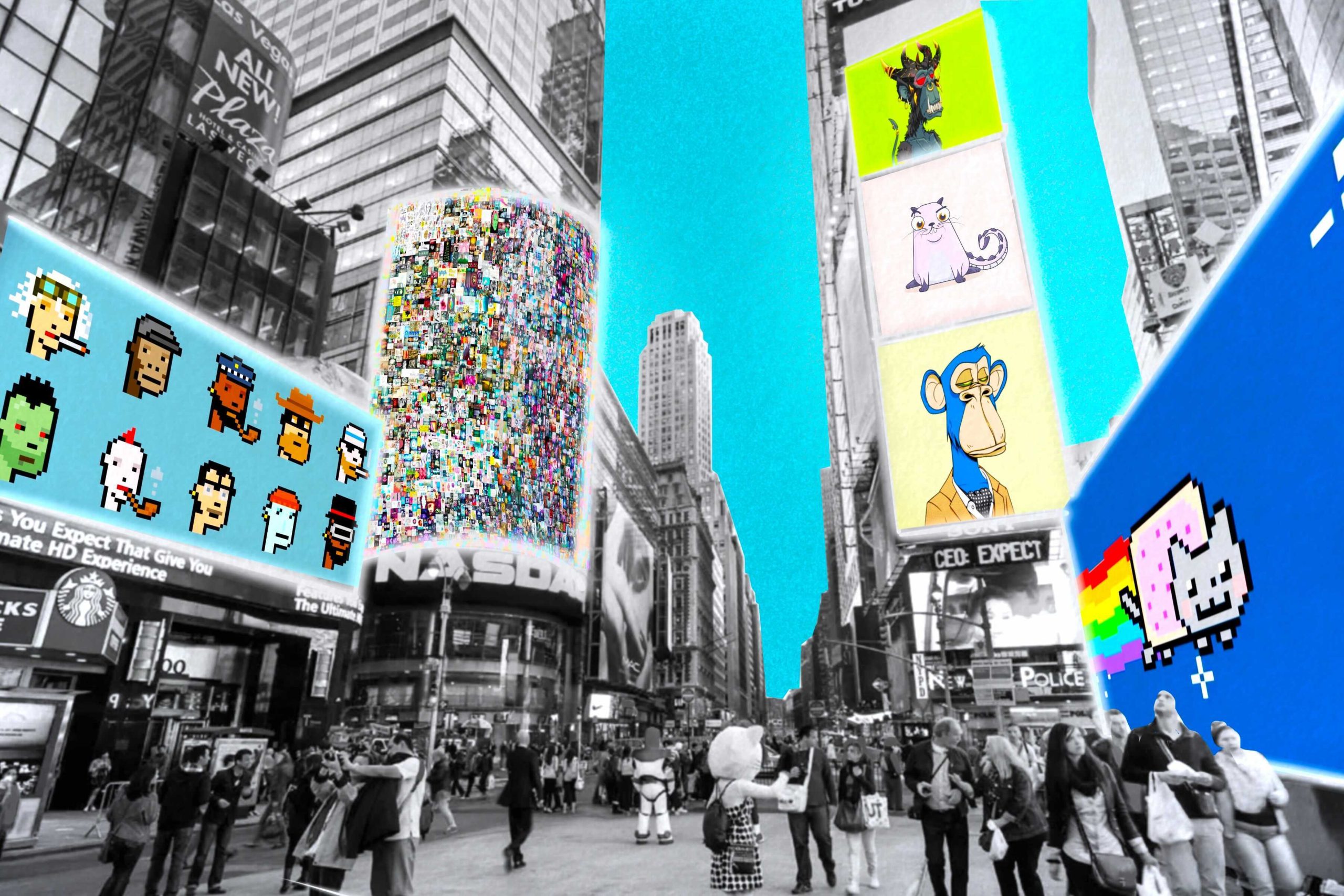In today’s digital age, the speed and scale of web3 presents innovative possibilities for building and sustaining community. However, the process of (re)building a community in web3 can be challenging, especially if you’re trying to move away from surface-level engagement and create truly connected communities.
The decentralized nature of web3 allows for communities to form and operate independently, without the need for centralized intermediaries. This means that members of the community have more control over their interactions and experiences, leading to greater autonomy and agency. Additionally, the use of blockchain technology in web3 also enables new forms of community governance, ownership, and collaboration. This can lead to more transparent and democratic decision-making processes within the community.
One of the most exciting possibilities of web3 is the ability to tokenize assets and create digital scarcity. This allows for new forms of community-driven economic models and incentives that drive engagement and participation. For example, a community could use tokenized assets to reward members for their contributions, such as creating valuable content or moderating the community.
However, simply having a large number of members or followers does not necessarily translate to a strong and meaningful community. Therefore, it is important to focus on building relationships and fostering trust among members. This can be achieved by creating spaces for open and honest communication, encouraging members to share their thoughts and ideas, and by recognizing and rewarding valuable contributions.
Another important aspect to consider when building a community in web3 is the use of smart contracts and decentralized applications (dApps). Smart contracts can automate certain processes within the community, such as membership verification or voting. DApps provide a way for members to interact with the community and access its resources in a decentralized way. This can lead to deeper engagement and participation among members.
In conclusion, building a community in web3 requires a dedicated mindset and a willingness to explore new possibilities. It’s important to think beyond quantity and focus on quality community building. By utilizing the decentralized nature of web3, blockchain technology, tokenized assets, and smart contracts, we can create truly connected communities that foster deeper engagement and participation among members.
